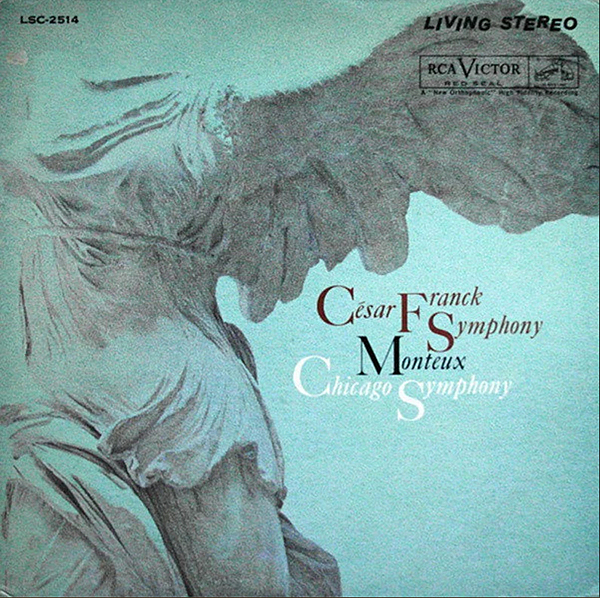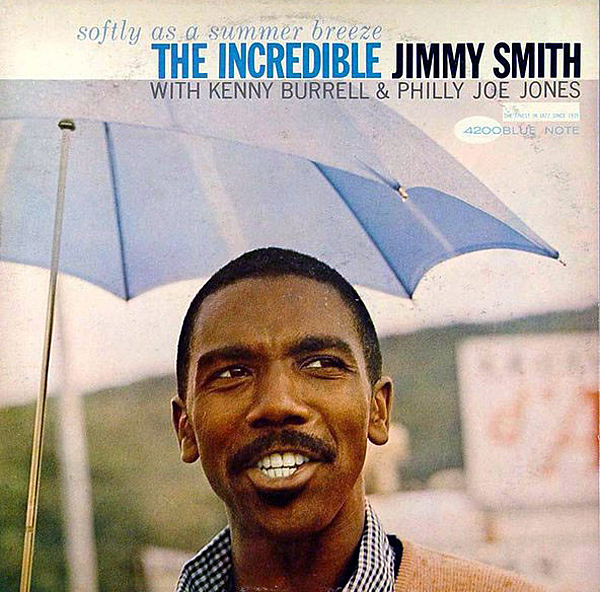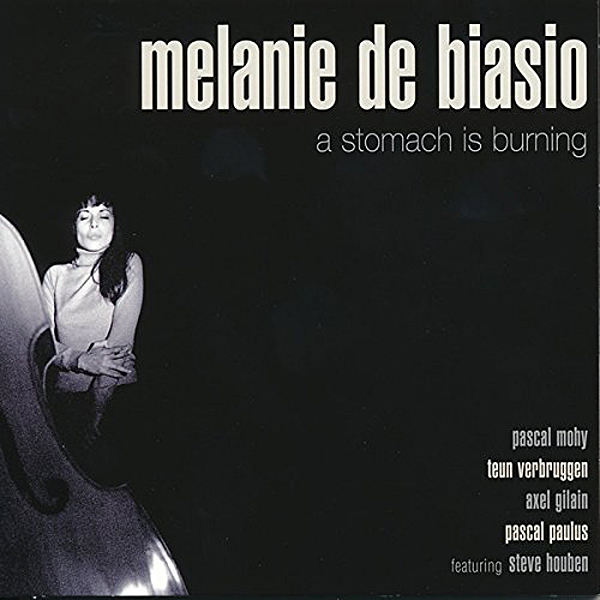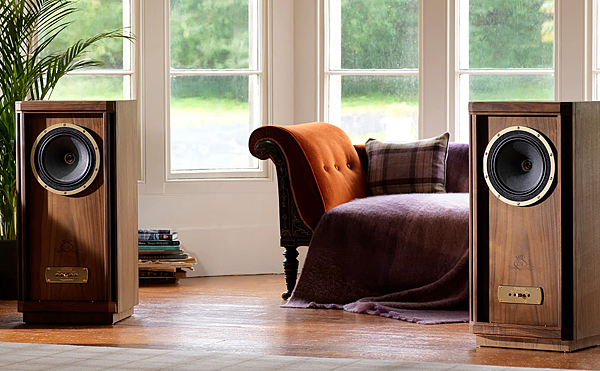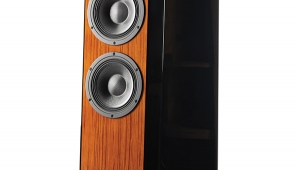| Columns Retired Columns & Blogs |
can these be properly evaluated subjectively in a 10' X 12' room?
You guys are great but man the small NY apartments you have will in no way reflect how any speaker will sound in a larger suburban listening room- or do justice to any larger speaker.
Peace.
PS- send some speakers my way for review- 19' X 27' baby !
